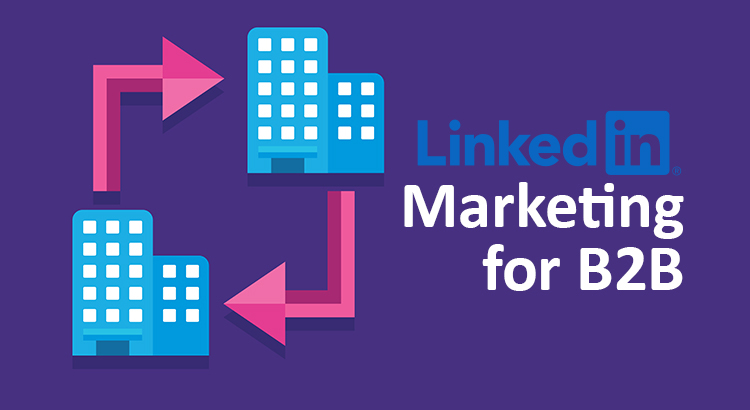LinkedIn has established itself as an invaluable platform for B2B marketers aiming to connect with professionals, network, and elevate their brand presence. This comprehensive guide will delve into the essential components of LinkedIn marketing for B2B businesses.
Related Article: LinkedIn Marketing Strategy: A Comprehensive Guide for Beginners
LinkedIn Marketing Strategy for B2B Business
Implementing a LinkedIn marketing strategy for your B2B business involves a series of strategic steps. Here’s a breakdown of key strategies to help you navigate the intricacies of B2B marketing on LinkedIn:
1. Define Your Brand’s Objectives
Before delving into the intricacies of LinkedIn marketing, it’s crucial to establish clear objectives that align with your overall business goals.
Whether your aim is to generate leads, enhance brand recognition, or establish thought leadership within your industry, defining your objectives will shape the trajectory of your LinkedIn marketing efforts.
2. Research Your Audience
Understanding your target audience is fundamental to crafting content that resonates with them.
Utilize LinkedIn’s robust analytics and insights to gain valuable demographic data and insights into your audience’s preferences, behaviors, and pain points. Develop detailed buyer personas to tailor your messaging effectively.
Related Article: How to Gain More Followers on LinkedIn Company Page?
3. Design A Striking Company Page
Your LinkedIn company page serves as the cornerstone of your brand’s presence on the platform. Optimize it with compelling visuals, concise yet informative descriptions, and relevant keywords to enhance discoverability.
Ensure that your page reflects your brand identity and values while providing visitors with valuable information about your products or services.
4. Optimize Your Company Page with Keywords
Strategic keyword optimization is essential for enhancing the visibility of your company page on LinkedIn. Conduct thorough keyword research to identify relevant terms and phrases that resonate with your target audience.
Incorporate these keywords strategically within your company description and other page elements to improve search engine rankings.
5. Promote Your LinkedIn Company Page
Actively promote your LinkedIn company page across various channels to expand your reach and attract followers. Incorporate ‘Follow Us’ buttons in your email signatures, website, and other marketing collateral to encourage audience engagement.
Regularly share compelling content to incentivize followership and foster meaningful interactions.
6. Build a Content Calendar
Maintaining a consistent posting schedule is key to sustaining audience engagement on LinkedIn.
Develop a content calendar outlining your content themes, posting frequencies, and distribution channels. Leverage scheduling tools and analytics to streamline content management and optimize performance over time.
7. Craft Content that Captivates Your Audience
Create high-quality, engaging content that addresses the pain points and interests of your target audience.
Experiment with various content formats, including articles, infographics, and videos, to diversify your content strategy. Incorporate relevant hashtags to increase visibility and foster organic discovery.
Learn More: B2B Content Marketing: Definition, Benefits, Strategy & Examples
8. Use Automation to Streamline Outreach
Streamline your outreach efforts using automation tools to scale your LinkedIn marketing initiatives effectively.
Leverage automation platforms to identify prospects, personalize outreach messages, and nurture leads through automated drip campaigns. However, exercise caution to maintain authenticity and avoid spammy tactics.
Related Article: Marketing Automation: Definition, Benefits & Strategies
9. Use LinkedIn Groups
Participate in relevant LinkedIn groups to establish your brand as a trusted authority within your industry.
Engage in meaningful discussions, share valuable insights, and contribute thoughtfully to the community. Building rapport within LinkedIn groups can lead to valuable connections, partnerships, and business opportunities.
10. Set up a Regular Schedule for Posts
Consistency is key to maintaining visibility and engagement on LinkedIn. Establish a regular posting schedule tailored to your audience’s preferences and behavior patterns.
Monitor performance metrics and adjust your posting frequency and timing accordingly to optimize reach and engagement.
Useful Article: Importance of LinkedIn Marketing for Small Business
Conclusion of LinkedIn Marketing for B2B Business
Developing an advanced B2B LinkedIn marketing strategy requires a careful approach that encompasses strategic planning and consistent execution. B2B businesses can effectively connect with their target audience by leveraging the power of LinkedIn’s platform and implementing proven tactics.


